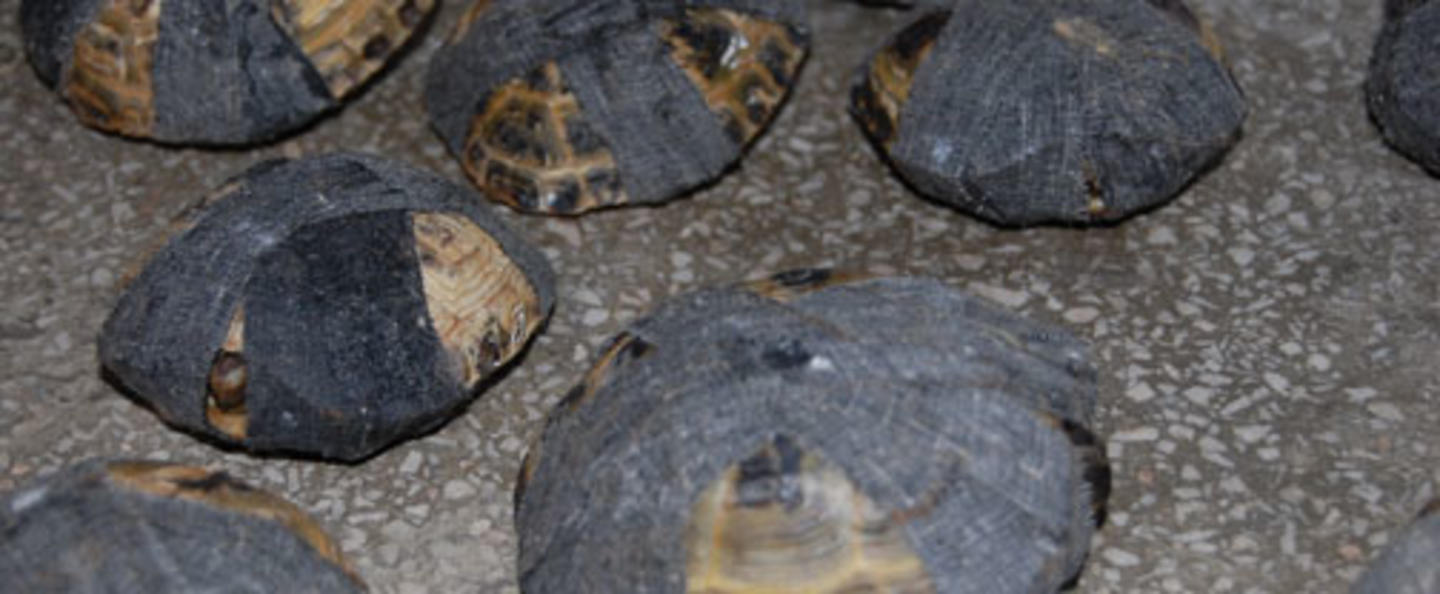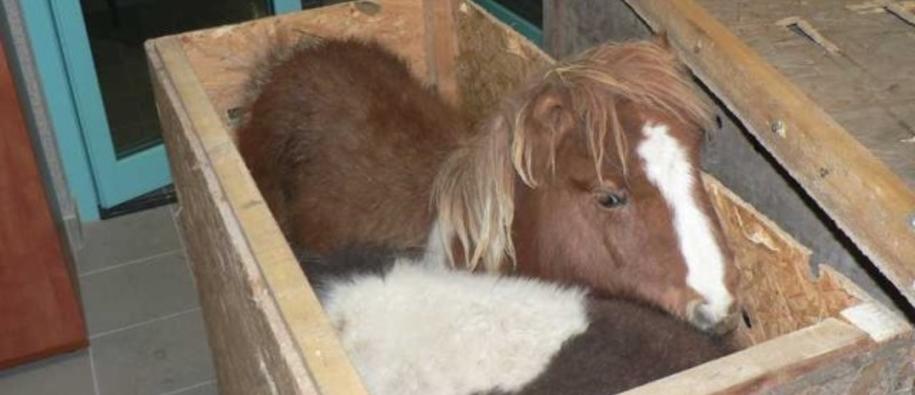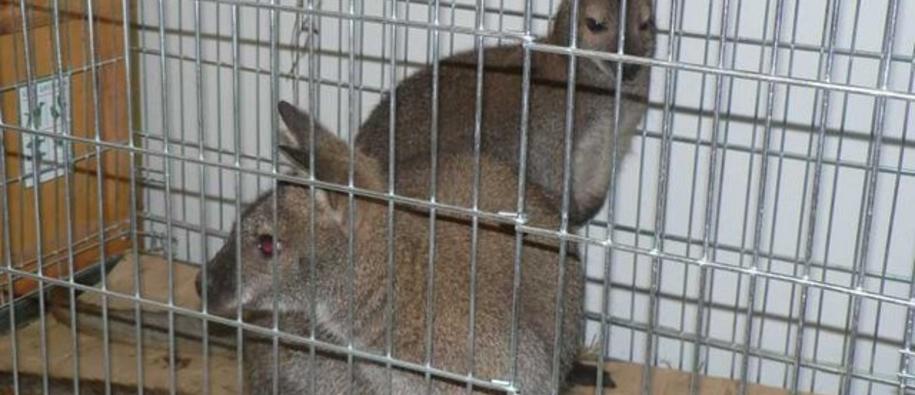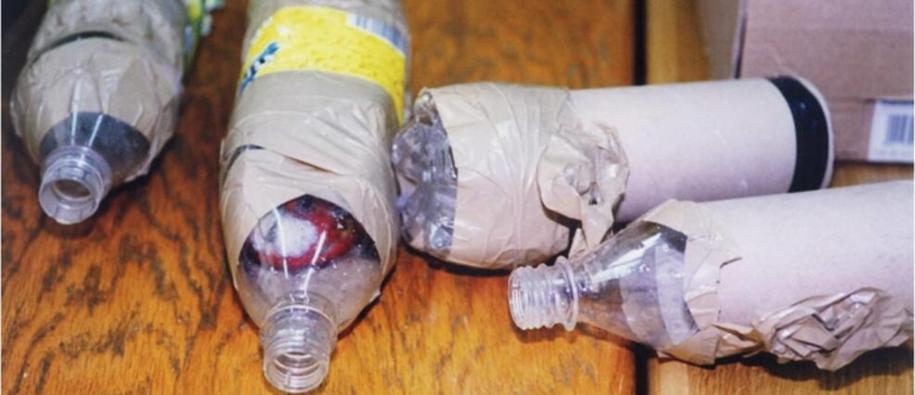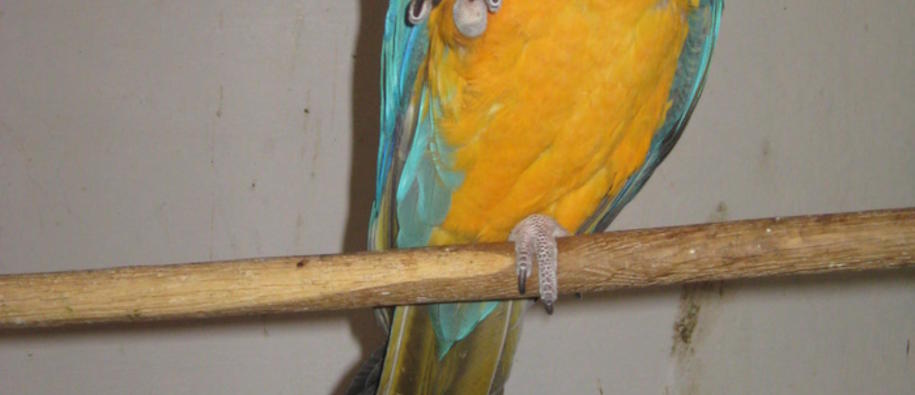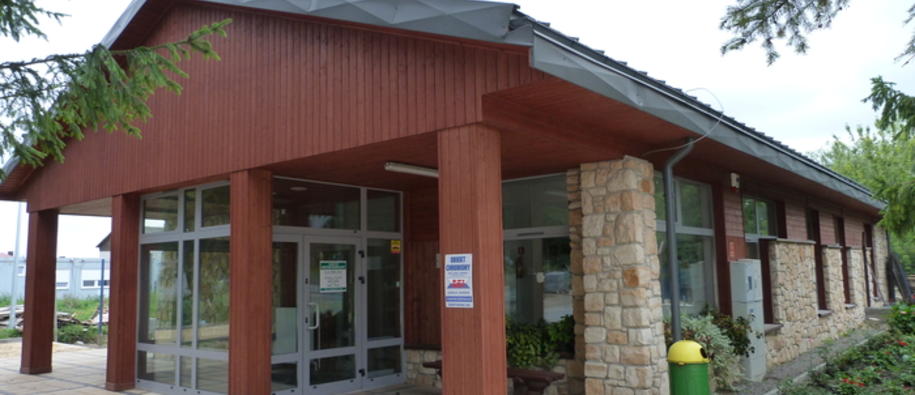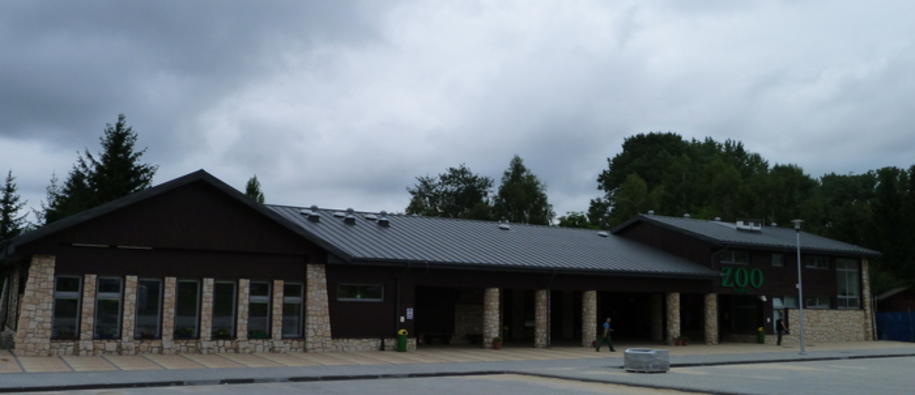In November 2008, Zamość zoo received a call from Polish customs officers at the Polish-Ukrainian border crossing of Hrebenne. A closer inspection of the luggage compartment of a Ukrainian bus had revealed five Shetland ponies, two wallabies and 11 exotic birds hidden in three small wooden crates. The customs officers urged the zoo staff to hurry. “We know that turtles are illegally imported, parrots are illegally imported, and that monkeys are illegally imported. But no one expected to find ponies and kangaroos in a bus,” Marcin Grabski of Zamość local council said.
This Blue-throated Macaw was attempted smuggled in via the Polish-Ukrainian border in a plastic bottle and now lives in Zamość zoo. The world’s wild population of this kind of bird is estimated to be 100-150 birds.
Main transit areas for illegal smuggling into EU
The Polish-Ukrainian border is EU’s longest external border and among the main transit areas for illegal smuggling of wild animals and plants to Poland and further into Western Europe. The trade in wildlife across borders is regulated by the Convention on International Trade in Endangered Species (CITES), whose enforcement falls largely to individual countries.
However, given the free flow of goods within the European Economic Area and the border-free Schengen zone, Poland’s battle against wildlife smuggling has become a priority for all of Europe. In 2007, Polish police and customs authorities found 248 live animals, seized 3173 CITES specimens and carried out 229 detentions.
Lack of capacity to protect European governments have increased efforts to clamp down on the illegal wildlife smuggling, but the flip-side of more effective border checks is that it is getting harder to provide adequate care for the soaring number of confiscated animals. In Poland, as in most European countries, police and customs authorities depend on zoos to take care of the animals illegally transported into the Schengen area.
Captured wild animals that have been smuggled in nylon stockings, small cages or stuffed into bottles may be sick and spread disease to other animals and people. The need to treat and quarantine these animals often poses a challenge for many zoos, which lack the space to properly care for them.
When a lack of space forced Zamość zoo to limit its acceptance of smuggled animals, the customs chambers in Biala Podlaska and Przemysl as well as the Provincial Headquarters of the Police in Lublin rallied behind Zamość town’s application for funding from the EEA Grants to build a border shelter to take care of the animals.
New border shelter financed by the EEA Grants
The €1.6 million grant from Iceland, Liechtenstein and Norway, awarded in 2009, financed a border shelter that now provides adequate care and protection for the various species, including high-quality veterinary care and treatment. The shelter, ready in April 2011, now provides protection for 860 species – including the Shetland ponies and wallabies mentioned earlier.
Grabski said the new infrastructure drastically increased the zoo’s ability to acquire and keep animals, including species from the CITES list confiscated by customs officers and police. “Before, the zoo could only take around 100 reptiles and 4 spiders. We are currently able to accept approximately 860 specimens, including 600 reptiles, 230 amphibians, 24 spiders, 4 predators and 2 marmosets .”
A new veterinary building with five separate rooms makes it possible to quarantine, treat and observe five different species at any given time. “Because each room has an enclosure outside, it is also possible to keep the animals after the quarantine period while ensuring adequate living conditions,” Grabski said.
The zoo has also extended its cooperation with customs authorities at border crossings on the eastern EU border through a new educational and training centre at the zoo which trains customs officials on basic procedures on how to handle and take care of the animals when found.
A new veterinary clinic has improved the ability of Zamość to care for animals confiscated by the police at the external border of the EU.
The new main building of Zamość Zoo.
All photos of the Zoo: Zamość local council
All photos of confiscated animals: Polish Custom Authorities.
